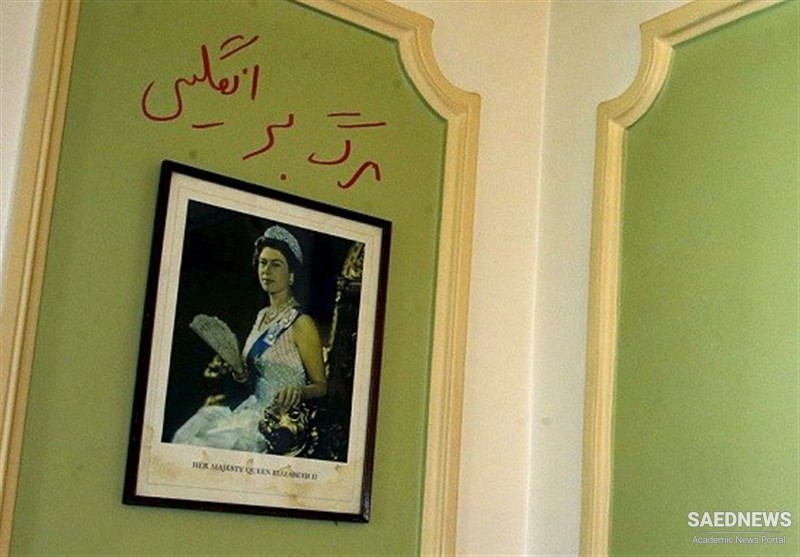Military advisers would help train and equip a proper military force, and a £2,000,000 British loan would help finance economic development and railway and other transportation projects. Britain’s chosen instrument on the Iranian side to form a government friendly to Britain and to negotiate, conclude, and implement such an agreement was Hassan Vosuq, a prominent politician who believed Iran’s interests were best served by a close alliance with Britain. To agree to appoint Vosuq as prime minister, Ahmad Shah demanded and received from Britain a payment of 15,000 tomans a month (amounting to about £48,000 a year) for as long as he kept Vosuq in office. When the agreement was finalized, to approve the agreement, Ahmad Shah demanded the continuation for life of the subsidy he was receiving from England and additional British guarantees for himself and his dynasty (the British agreed to pay the subsidy for only so long as Vosuq remained prime minister). Meantime, Vosuq and the two cabinet ministers who had negotiated the agreement with Cox asked for an “advance” of £200,000 on the British loan—money they said they needed to win support for the agreement from members of Parliament and other officials. There was no question in the minds of Curzon, Cox, and British officials who agreed to pay this sum that they were being asked for a bribe. In fact, Vosuq shared the “advance” with his two ministers. (When details of the agreement and the bribe money became public, it predictably proved highly unpopular and parliamentary approval impossible to secure. Eventually, a new Iranian government cancelled it in 1921.)
By 1920, feeling was widespread among politically aware Iranians that something fundamental had to be done: Iran needed an army capable of protecting the country’s borders and bringing unruly tribes to heel; and it needed a strong central government that would end the chaos, undertake fundamental reforms, revive the economy, and inculcate among the people a sense of national unity and purpose. Members of the political elite met, sometimes openly, sometimes in private, to ponder means of bringing a strong government to office. A number were in touch with British diplomats in Tehran who were thinking along the same lines. Among these was Seyyed Zia ad-Din Tabataba’i, a journalist and political activist with high ambitions. He was on friendly terms with British diplomats in Tehran and often served as intermediary between the legation and Iranian politicians. His newspaper, Ra’ad, advocated a range of sweeping reforms. The Pulad (Steel) Committee he founded and led brought together intellectuals, reform-minded politicians, and gendarmerie officers for discussions on means to cure the nation’s ills. He had big plans and ideas; what he lacked were the means to realize them.
We can only guess at Reza Khan’s state of mind at this critical moment in Iran’s modern history; but he was certainly touched by these same currents. He had grown contemptuous of the politicians in Tehran who talked endlessly but took no action, and who enriched themselves in office while the soldiers who fought for the country went barefoot. He resented the fact that his own Cossack Brigade was officered by Russians. Judging by his policies when finally in power, we can conclude that he was aware that Iran had fallen behind the West. He later wrote that he found himself “sunk in grief ” at prevailing conditions. He was eager to do something for his country; and an unanticipated turn of events gave him the opportunity.
The Russian revolution had broken the link between the Cossack Brigade’s Russian officers and the Russian government, allowing the British to achieve their long-sought goal and to rid the brigade of its Russians. The shah agreed to send home the Russian commander and officers of the brigade. The brigade was now effectively in the hands of General Ironside and the British military adviser, Col. C. D. Smythe. Their attention had been drawn to the men under Reza Khan’s command. Unlike troops in other detachments, the men were cheery, their training was advanced, and they went about their duties with energy. Reza Khan, too, impressed them: a well-built man, over 6 feet tall, with piercing eyes, self-assured, and with a commanding presence. He appears to have spoken openly to Ironside about his ambitions for Iran. The shah had appointed a feckless royal prince with no military experience as the brigade’s commander; but before withdrawing from Iran with his British troops in February 1921, Ironside, with the shah’s approval, had placed effective command of the brigade in Reza Khan’s hands.5 Reza Khan was now in control of the only real military force in the country.


 Iran at the Turn of Twentieth Century
Iran at the Turn of Twentieth Century














































